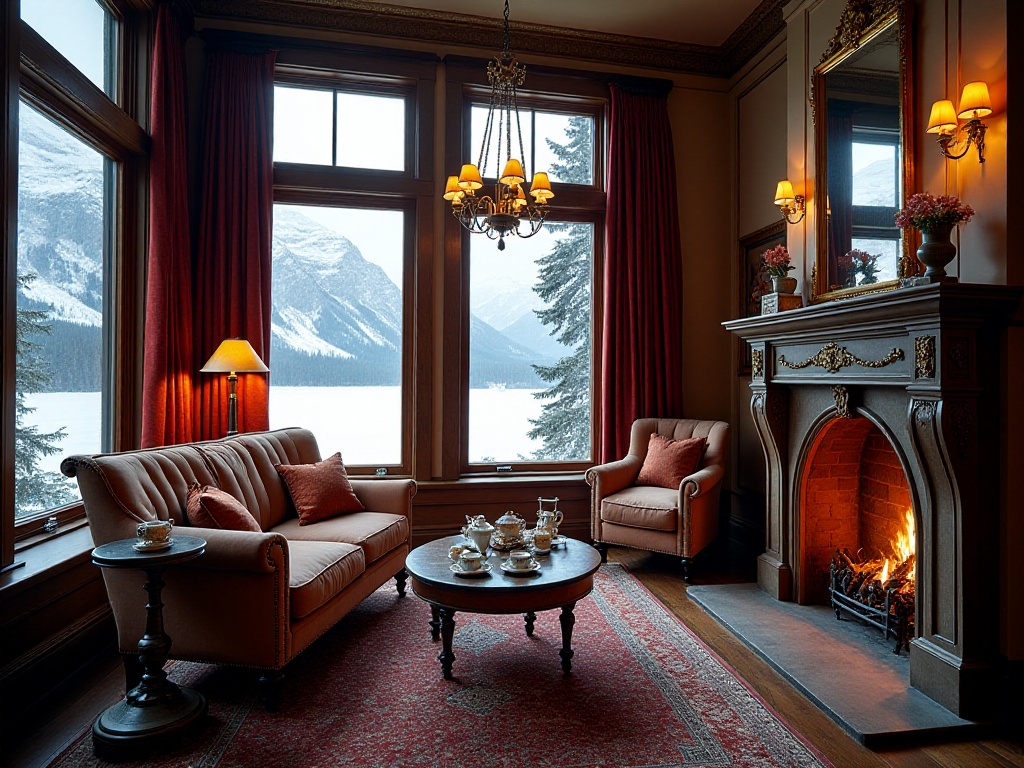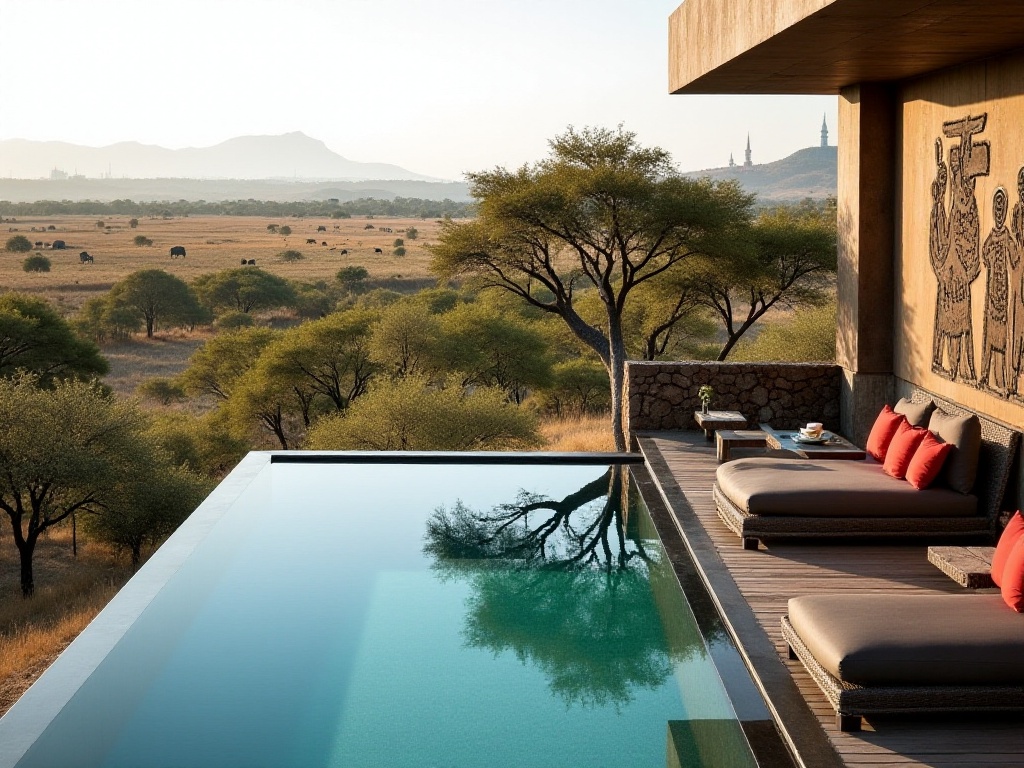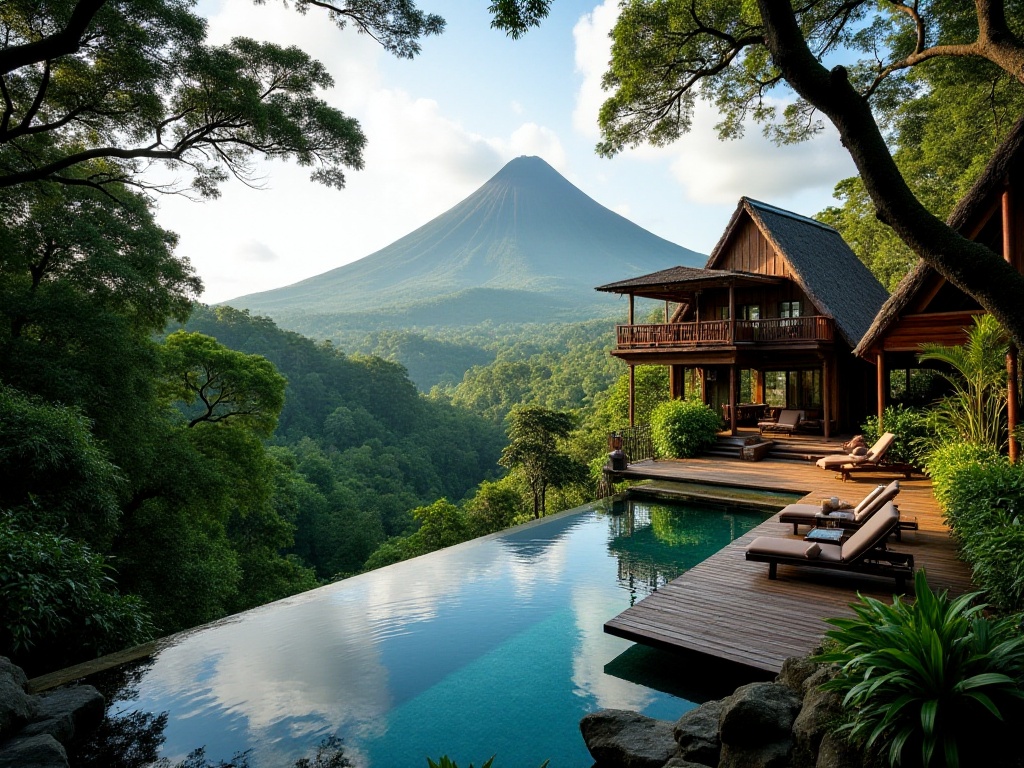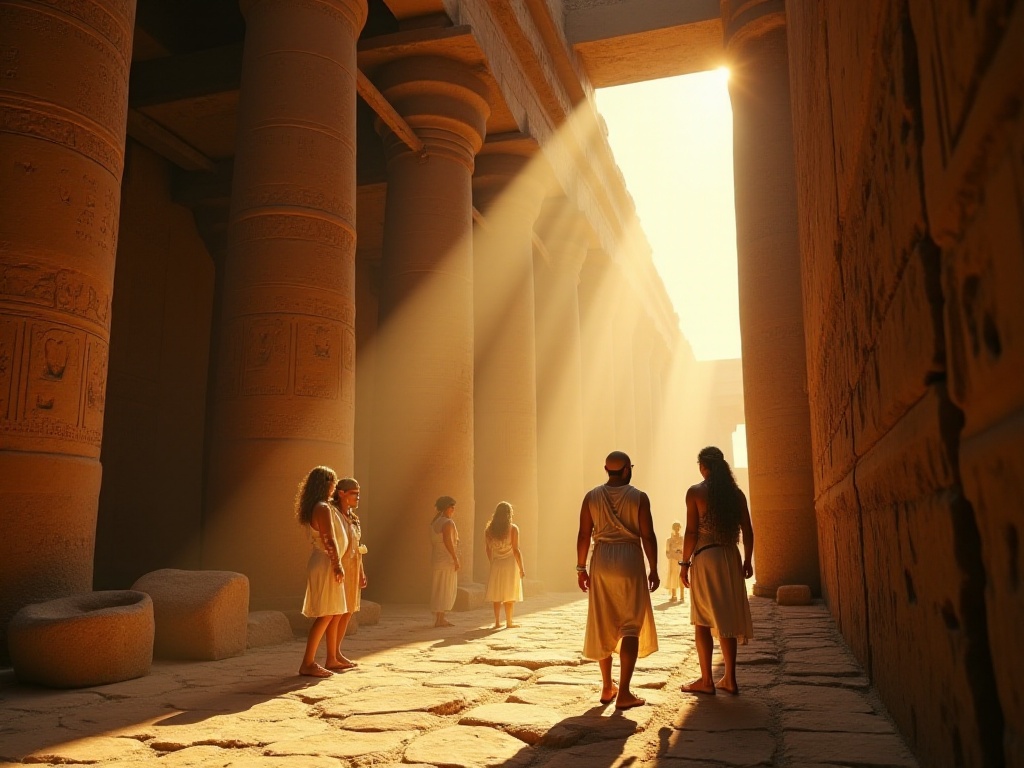Island Selection Tips
As someone who frequently seeks "paradise" in their travels, I have a special connection with the Maldives. I remember my first visit - I was instantly captivated by the endless azure ocean and pristine white beaches. While there are over 1,000 islands here, only about 200 are suitable luxury resorts with overwater villas. After more than a dozen in-depth visits to the Maldives, I've gained a deeper understanding of these islands.
Many people ask me why overwater villas in the Maldives are so expensive. Honestly, I was shocked by the prices at first too. But after multiple experiences, I gradually understood the value behind it. Imagine staying in a private villa suspended over crystal-clear Indian Ocean waters, where you can watch colorful tropical fish swim beneath your room at any time. This kind of experience is hard to find anywhere else in the world.
Each island has its own character. Some are known for luxury, like The Ritz-Carlton; others are famous for diving, like Angsana; and some are popular for their unique eco-friendly concepts, like Soneva Fushi. Choosing the right island requires considering multiple factors including your budget, length of stay, and travel purpose.
Geographic Location
When I first saw a map of the Maldives, I was amazed by the country's unique geographic structure. The 26 atolls are like nature's masterpiece, each composed of dozens of small islands. From above, they look like strings of pearl necklaces scattered across the Indian Ocean.
Male International Airport's location is interesting - it's built on a dedicated airport island surrounded by azure waters. The visual impact when landing is truly stunning. Many tourists choose to stay in the central atolls near the airport, which is a good choice, but I'd say the northern and southern atolls actually have more distinctive features.
The northern atolls are known for their well-preserved coral reefs. I remember diving at a small island in the Baa Atoll - the coral formations were almost surreal. Various coral shapes shimmer under the sunlight, with tropical fish darting through them, creating a stunning underwater tableau.
The southern atolls are known for their pristine natural scenery. The islands here are less developed, with many areas maintaining their most primitive ecological environment. While transportation might be less convenient, it's this sense of isolation that lets you truly experience the meaning of a vacation.
When choosing an island location, consider several factors: first is travel time - if you have a short vacation, staying in the central atolls makes more sense; second is budget - generally, islands farther from the airport tend to be cheaper; lastly, personal preference - if you prefer quiet, choose more remote islands.
Transportation Methods
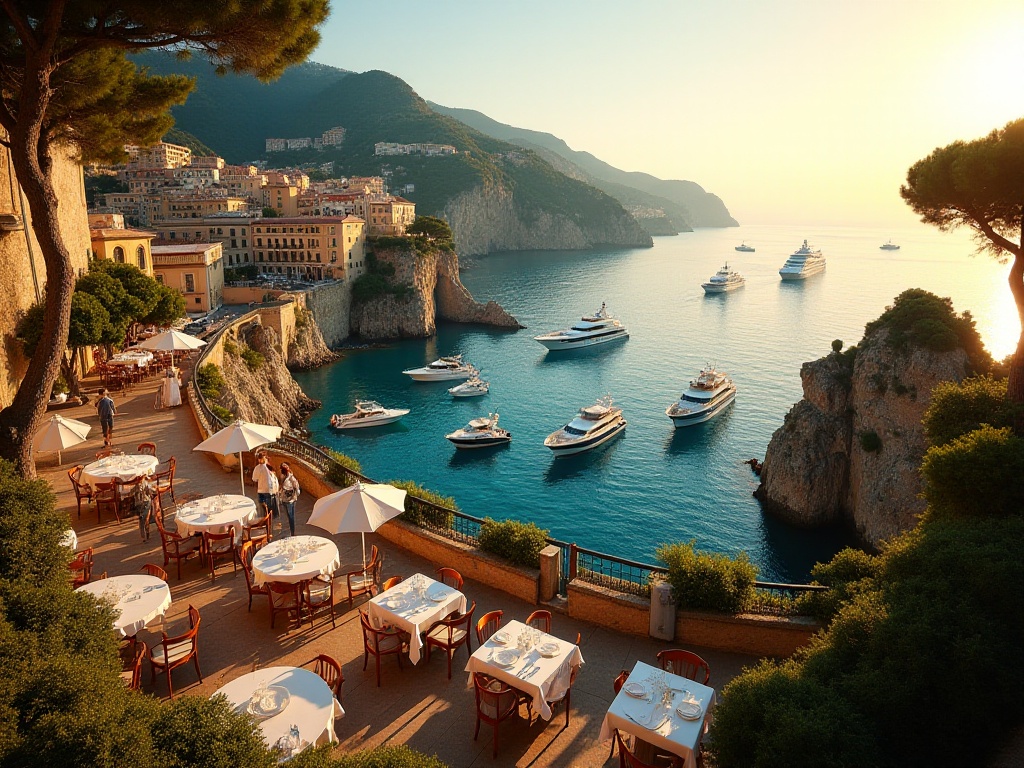
Seaplane
Speaking of seaplanes, I must mention my first flight experience. It was en route to Kandooma Island, sitting in a small propeller plane, looking down at the atolls through the window - it was absolutely breathtaking! The blue waters dotted with coral islands of various sizes looked like an abstract painting. The flight altitude is usually between 3,000-5,000 feet, perfect for appreciating the Maldives' full beauty.
However, seaplanes do have some limitations. First, they only operate before sunset, meaning if your international flight arrives at night, you must stay in Male for one night. I suggest considering this when booking flights, trying to choose arrivals in the morning or afternoon.
Additionally, seaplane luggage restrictions are quite strict, typically allowing only 20kg checked baggage and 5kg carry-on per person. Excess baggage fees are quite expensive. So I recommend being extra careful with weight control when packing.
Interestingly, seaplane flight times are quite flexible. Since they need to pick up and drop off guests at different islands, specific departure times aren't confirmed until the night before. This might take some getting used to at first, but it adds a sense of spontaneity to the journey.
Speedboat Transfers
For islands closer to Male, speedboats are the most common transportation. Popular islands like Resolution Island and W Maldives are about 45 minutes away by speedboat. The advantage of speedboats is their flexibility - they run regardless of daylight. Plus, you often see dolphins jumping out of the water during the journey, which is beautiful.
However, speedboats have their drawbacks. During monsoon season, when seas are rough, a 45-minute journey might extend to over an hour. I experienced this once - we had planned to arrive in time for sunset, but due to rough seas, we arrived after dark.
For those prone to seasickness, I have a few suggestions: first, choose seats near the stern where it's more stable; second, take motion sickness medication in advance; third, try to depart when sea conditions are good. Resorts usually adjust transfer times based on weather conditions, and it's wise to follow their advice.
Room Selection

Beach Villas
Many first-time visitors to the Maldives are fixated on overwater villas, but beach villas have their own unique charm. I particularly love waking up and stepping directly onto soft white sand. Beach villas usually have their own private beach areas, so you don't have to worry about being disturbed by other guests.
Last year when I took my parents on vacation, we chose a beach villa, which proved to be a wise decision. The elderly don't have to worry about climbing stairs, and can walk directly from the room to the beach. Plus, many beach villas have private pools where you can sit and stargaze at night, which is also wonderful.
Price-wise, beach villas of the same category are usually about 30% cheaper than overwater villas. If you're on a budget, choosing a beach villa is a good option. Many beach villas are also larger than overwater villas, making them particularly suitable for family trips.

Overwater Villas
Speaking of overwater villas, we must discuss room orientation. I've stayed in many different overwater villas across various islands, but my favorites are always those facing the sunset. I remember my experience at Vabbinfaru Island - watching the sun slowly sink into the Indian Ocean while floating in my private pool was absolutely stunning.
When choosing an overwater villa, pay attention to several details: first, check the coral reef condition below the room - if it's well-preserved, you can see various tropical fish from your own terrace; second, check the privacy level - some overwater villas are quite close to each other; finally, check the amenities, such as private pools and deck loungers.
Many overwater villas feature glass floors, allowing you to observe marine life without leaving your room. However, I suggest asking about the glass floor location when selecting rooms. Some islands place them in the bathroom or living room, which can offer better viewing experiences.
Price Analysis
When discussing Maldives prices, many people are indeed deterred. But understanding the cost structure makes these prices more reasonable. First is the geographical uniqueness - all supplies must be transported to the islands by air or sea, creating significant logistics costs.
Taking a five-star resort as an example, daily supplies alone are a considerable expense. Fresh vegetables, fruits, seafood, and meats all need to be air-freighted regularly from other countries. Some luxury resorts even air-freight ingredients from Europe specifically for certain signature dishes.
Then there's the infrastructure maintenance cost. Each island needs its own power generation system, freshwater treatment system, sewage treatment system, etc. These equipment not only require large initial investments but also high daily maintenance costs. Especially in the marine environment, equipment deteriorates much faster than on land.
Labor cost is another major component. Maldivian resorts typically operate on a one-island-one-resort model, with staff living on the island. A medium-sized resort usually needs 200-300 employees, and the resort must cover their accommodation, meals, and transportation costs.
Add to this special services like 24-hour butler service, professional diving instructors, spa therapists, etc., all requiring skilled professionals. So operating costs of around $2,000 per room per day are quite easily reached.
Season Selection
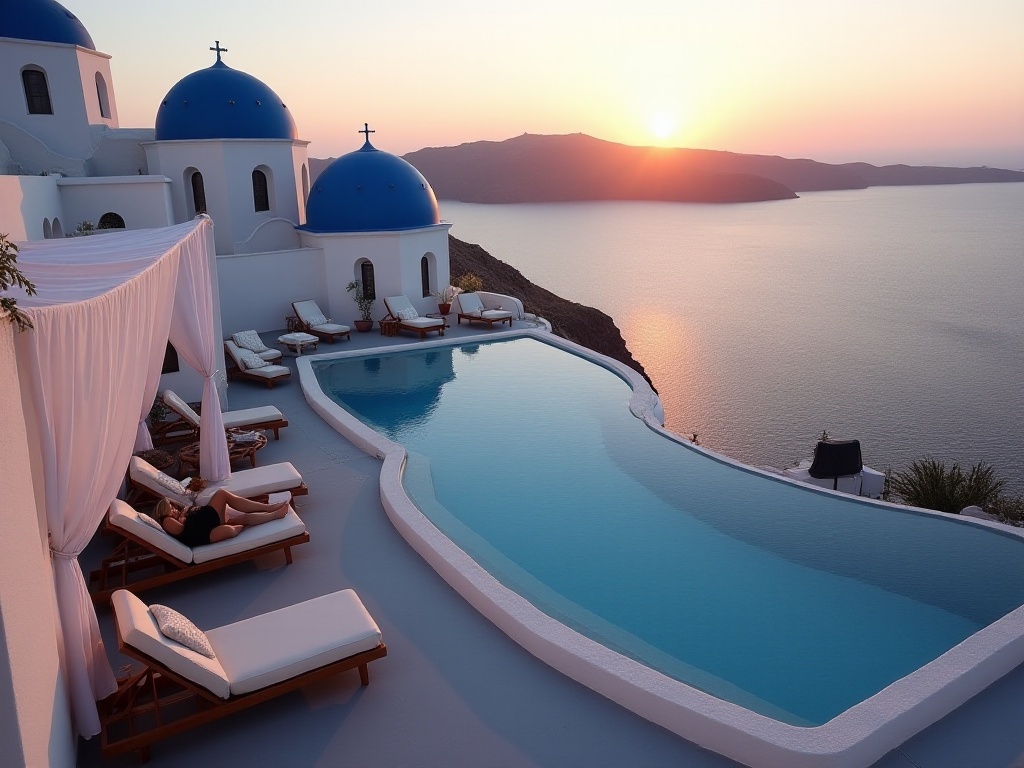
Peak Season Experience
December through April is the Maldives' peak season, with the best weather and sunny days almost guaranteed. Water visibility is particularly high, perfect for water activities. I remember diving at Six Senses Laamu during last year's Chinese New Year - visibility exceeded 30 meters, and we saw schools of manta rays and sharks, which was truly spectacular.
However, peak season prices can be daunting, often 50% higher than low season for the same room type. During Chinese New Year, prices at top resorts can double. But if budget allows, I still recommend visiting during peak season. With good weather, you can experience more activities and have a better vacation experience overall.
For peak season visits, book early, especially during Chinese New Year when popular resorts are often fully booked six months in advance. I recommend planning your trip at least 3-4 months ahead for more options.
Low Season Advantages
Honestly, I personally prefer the low season from May to November. First, prices are significantly better, with many resorts offering special deals sometimes half the peak season price. Also, there are fewer guests during this time, creating a more peaceful atmosphere on the island.
The biggest concern during low season is weather. But Maldivian rain patterns differ from other tropical regions - it usually rains in short bursts rather than all day. Plus, the sky is especially clear after rain, perfect for photography.
Most interestingly, you're more likely to see dolphins during low season. The monsoon brings abundant plankton, attracting dolphins to feed. Once at Anantara, during a sunset cruise, we saw over 100 dolphins playing near the boat - an unforgettable sight.
Vacation Experience
Each Maldivian island has its own character, like different personalities. Some are known for cuisine, like St. Regis's lobster restaurant, where the chef previously worked at a three-Michelin-star restaurant, creating amazing seafood dishes.
Some islands are famous for spas, like Six Senses Laamu's overwater spa center where you can watch marine life through the floor during treatments. I remember my first special massage there - a sea turtle swam under the massage bed, creating a magical moment.
Other islands are known for marine activities, like Kandooma's house reef. The coral here is exceptionally well-preserved and close to shore, perfect for snorkeling anytime. I've seen manta rays, octopi, sea turtles, and various marine life here - it's like a natural marine park.
Dining Options
Maldivian dining can be surprisingly impressive. At Soneva Fushi, I was amazed to find they grow vegetables on the island - quite incredible for a coral island. They specially imported soil from mainland Maldives and built greenhouses to grow fresh vegetables.
Many resorts have signature restaurants. Underwater restaurants offer dining in completely transparent glass rooms, feeling like you're in an underwater world. There are also treetop restaurants built in large banyan trees, where you can enjoy fine dining while watching the sunset.
Meal plans typically come in three options: breakfast only, half-board (breakfast and dinner), and all-inclusive. From my experience, all-inclusive is more economical for longer stays. Individual meal prices on the islands are quite high, with a proper meal potentially costing hundreds of dollars. All-inclusive usually includes some beverages and snacks too, allowing more relaxed enjoyment of the cuisine.
Activity Planning
Each island offers abundant activities, but water activities are fundamental. Snorkeling, scuba diving, sailing, water skiing, banana boat rides - they have it all. I especially recommend night snorkeling to see completely different marine life. At night in the reef areas, nocturnal creatures like octopi and lobsters come out to feed. When illuminated with underwater flashlights, their eyes reflect light, creating an interesting effect.
For diving, consider getting certified beforehand. While many resorts offer discovery dives, having certification allows access to more sites and richer experiences. The Maldives has many world-class dive sites, like whale shark points and manta ray cleaning stations - paradise for diving enthusiasts.
Additionally, many islands organize special activities. Like traditional Maldivian fishing experiences. There's also stargazing - the Maldives is far from light pollution, offering stunning night skies. Some resorts even invite professional astronomers to explain constellations, which is fascinating.
Practical Tips
There are several key tips for maximizing your Maldives experience. First, choose all-inclusive packages - while initial costs are higher, considering island pricing, it's ultimately more economical. All-inclusive typically covers three meals, some beverages, and basic activities, allowing more carefree enjoyment of your vacation.
Book water activities in advance. During peak season, popular activities like dolphin cruises and night snorkeling require advance reservation. Special experiences like private beach dinners and underwater photography sessions are often in high demand.
Bring sufficient sun protection. Equatorial sunlight is particularly strong, requiring sun protection even on cloudy days. Bring high SPF sunscreen and reapply frequently. Also, UV protection clothing is essential, especially while snorkeling, to prevent sunburn.
Regarding currency, most resorts accept US dollars and credit cards. However, bring some cash for tips. Tipping culture is common in the Maldives, especially for butlers and restaurant staff, as a way of showing appreciation.
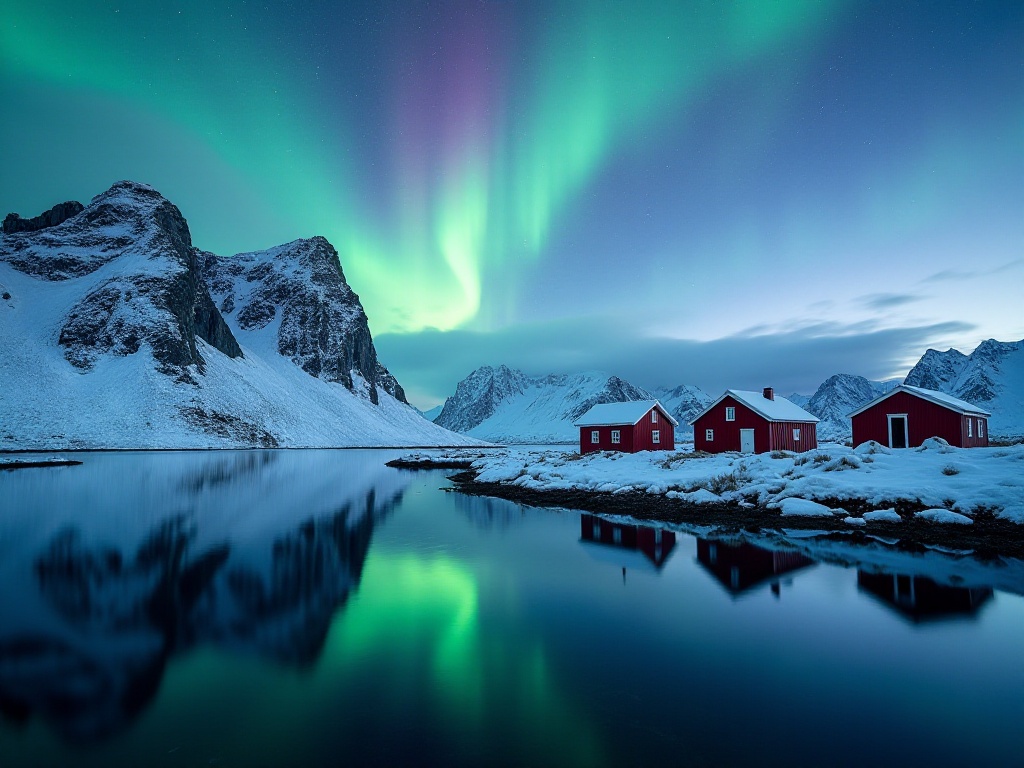
Itinerary Suggestions
For first-time visitors to the Maldives, I strongly recommend staying at least 5 nights. The first two days are mainly for adjusting to the time difference and environment - familiarize yourself with island facilities, enjoy the pool, and sunbathe.
The middle two days are perfect for enjoying various island activities. Consider morning snorkeling or diving, afternoon spa relaxation, and evening activities. Many islands organize outdoor movies, live music performances, and other entertainment.
The final day can be more leisurely - sleep in, walk on the beach, take photos. The Maldives has excellent lighting, perfect for photography during both sunrise and sunset.
Many worry about getting bored on a small island for so long, but there are new discoveries every day. Maybe a fish you've never seen before, a particularly beautiful coral formation, or an unexpected dolphin encounter. That's the magic of the Maldives.
Final Reflections
In my view, the Maldives isn't just a luxury vacation destination, but a place where one can truly relax. There's no urban noise, no work pressure, just blue seas, white beaches, and an omnipresent vacation atmosphere.
Each visit to the Maldives brings different surprises. It might be an unforgettable dinner, an exciting diving experience, or simply sitting quietly on the beach. Everything here reminds us that life isn't just about work and stress - it's also about poetry and distant horizons.
Here, time seems to slow down. You can do nothing all day, just feeling the sea breeze and listening to the waves. Or try various new experiences, exploring underwater mysteries. This freedom of choice is the true essence of vacation.
The Maldives' charm lies not only in its natural beauty but in the sense of isolation it provides. Here, you can temporarily forget all worries, focus on the present, and enjoy life's beauty. This might be why so many people choose to return here again and again.




